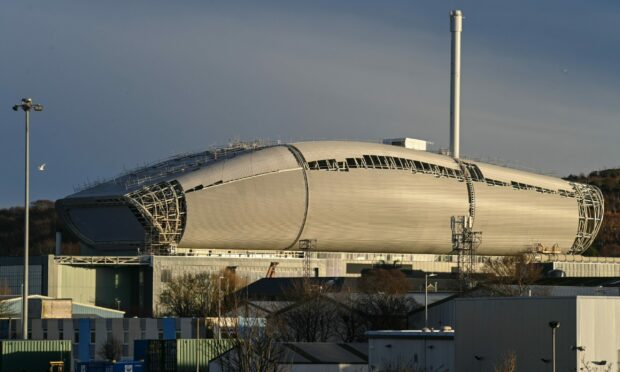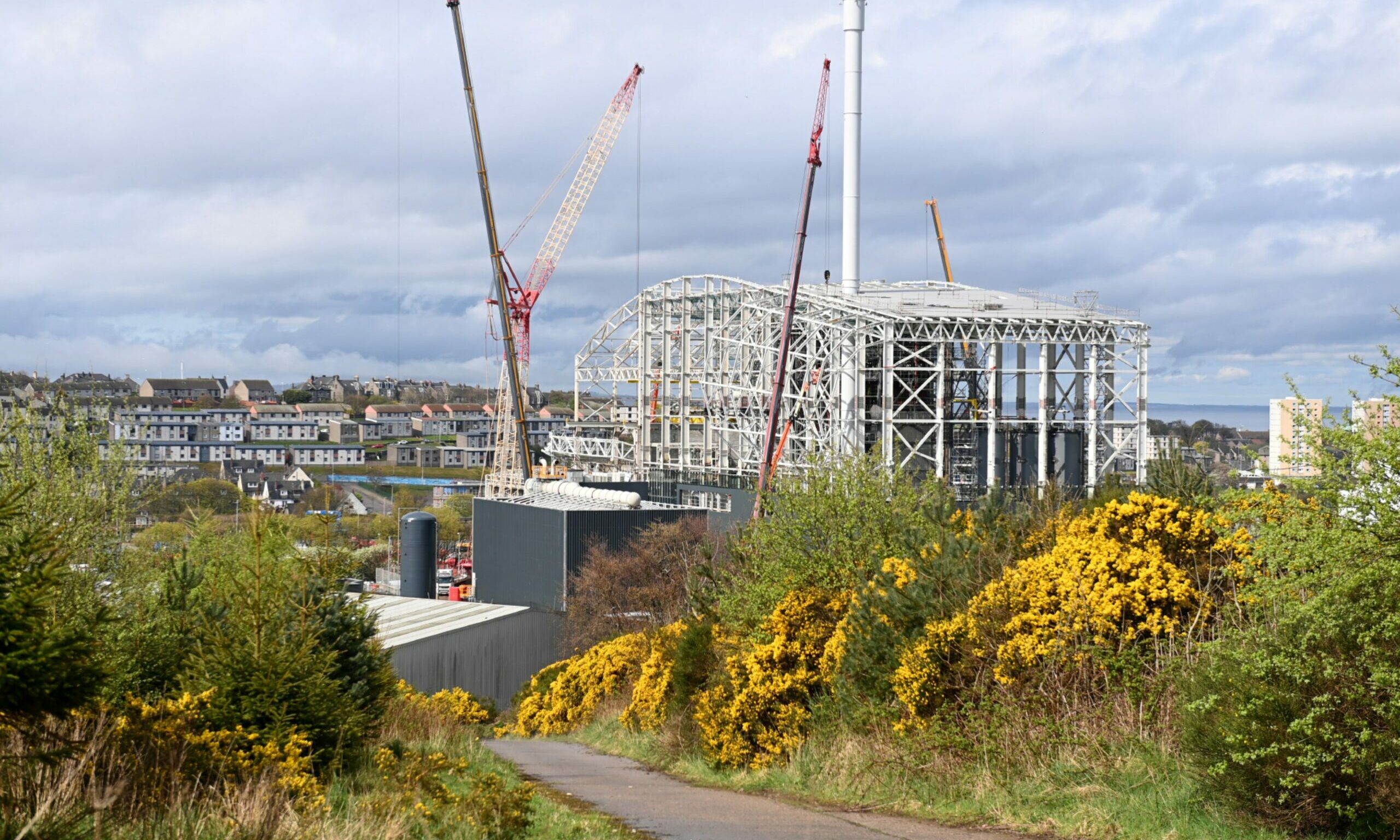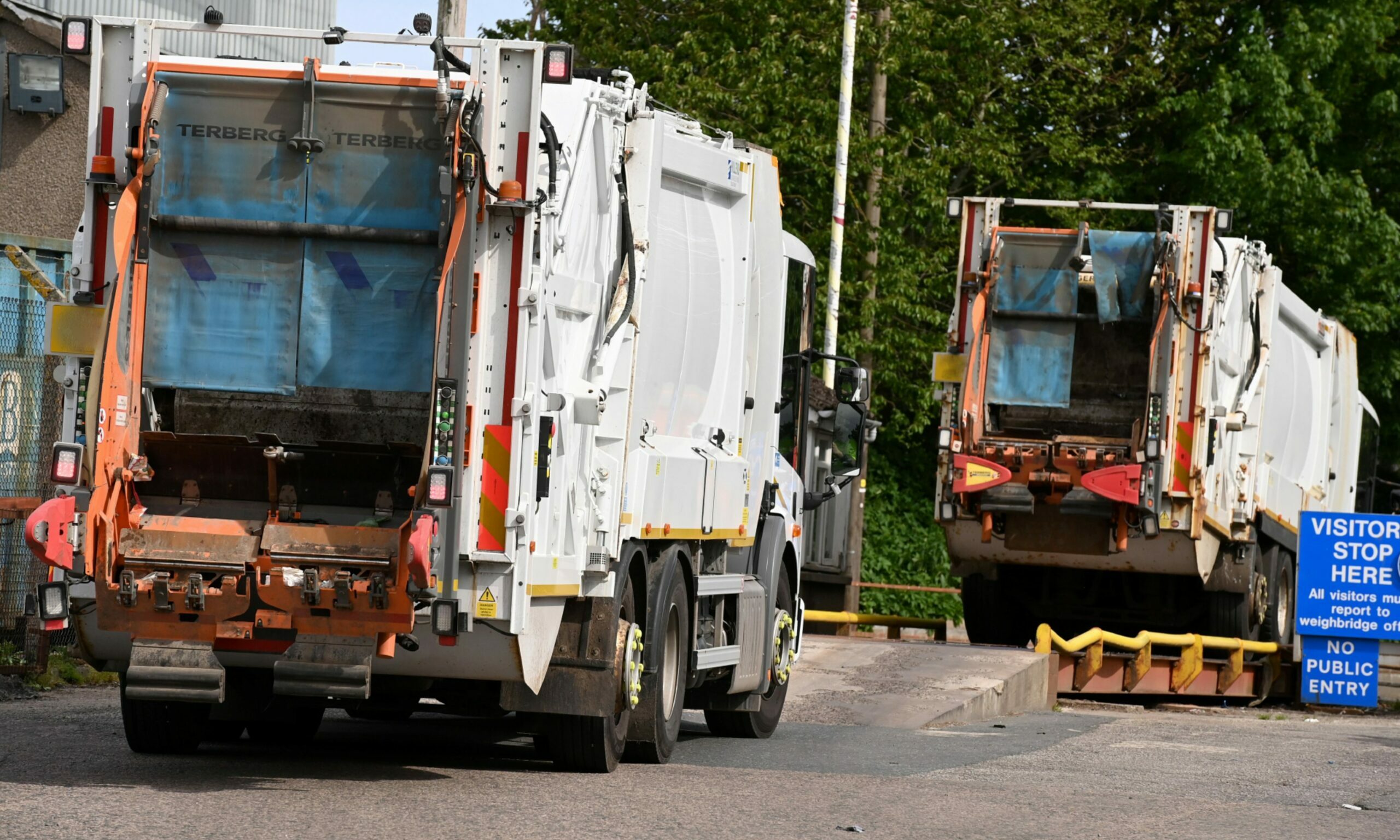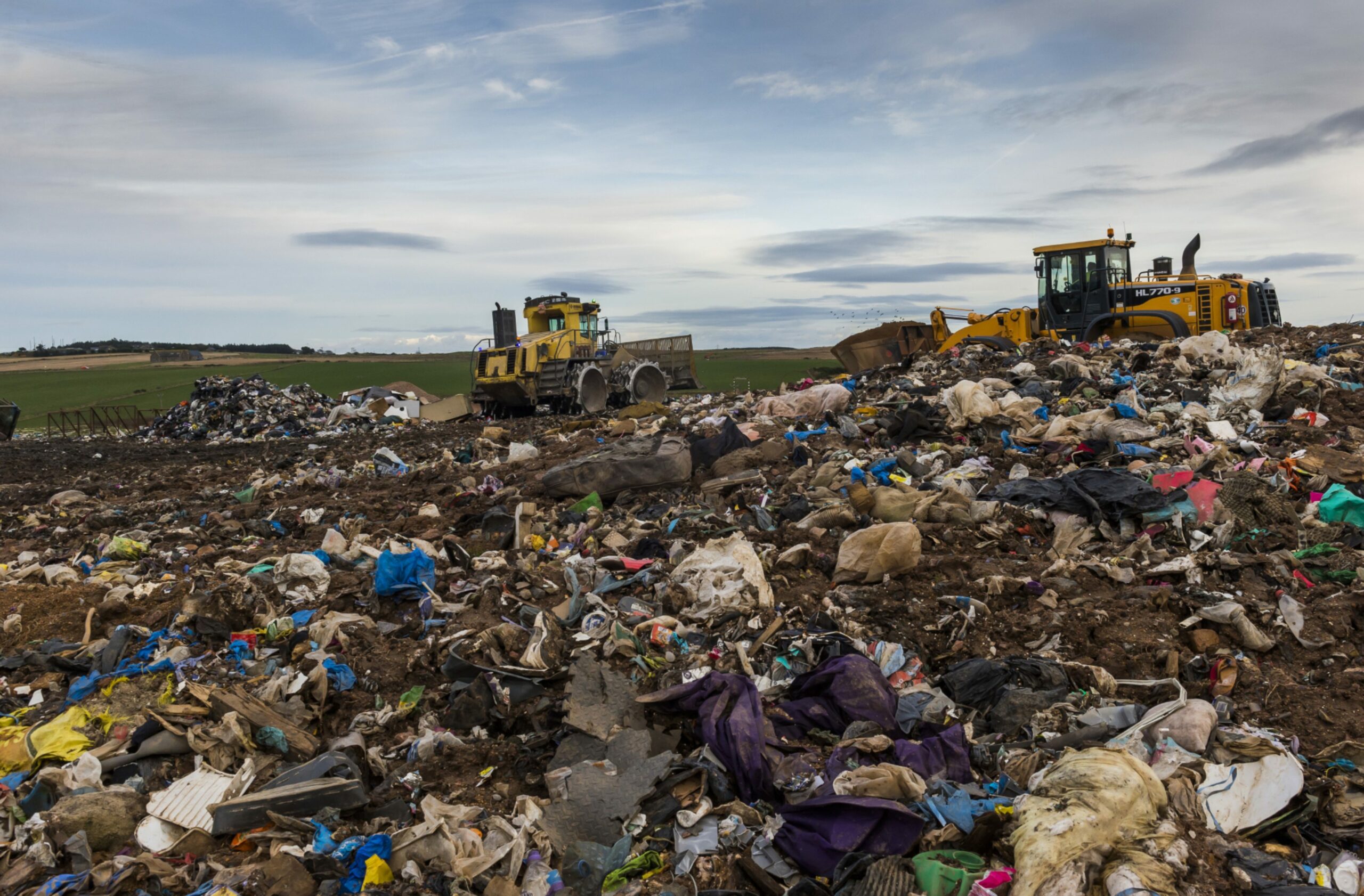The first official fire-up of the long-delayed Aberdeen incinerator is ‘imminent’.
The £156 million Ness Energy Project incinerator in East Tullos was originally due for completion by August 2022.
However, after numerous setbacks blamed on Covid, supply chain problems and recruitment, this date has been pushed back significantly.
But now, Aberdeen City Council is confident the “hot commissioning” process, which is when the facility will burn its first waste, is almost ready to start.
What will we be able to see when the Aberdeen incinerator fires up?
The hot commissioning process will be testing out the facility to make sure it’s able to do what it was designed to do, safely and reliably.
It will last for about six months, and involve not just an assessment of the incineration process itself, but of all the other moving parts on the site, such as the cranes and equipment which will be used to handle the waste.
Once the commissioning is finished, the incinerator is intended to burn 150,000 tonnes of non-recyclable material every year from the three council areas of Aberdeen City, Aberdeenshire and Moray.
But what will the hot commissioning actually mean for people living near the incinerator?
“Within the industrial site and around the site itself, people will see more refuse trucks than have been coming into the industrial estate for a while,” a spokesman for Aberdeen City Council said.
This is because council waste will start being delivered to the incinerator for burning during the initial six-month testing process.
“Most of that traffic will be travelling up and down Wellington Road, but most of it will have come via the western peripheral route into the city,” the spokesman added.
The council spokesman said none of the bin lorries will be going through residential areas to get to the plant itself.
“So there’s no issue of additional traffic in Kincorth or Torry, for example,” he said.
What about the emissions from the incinerator?
The council said that on occasion, you will be able to see a “white plume of steam” coming out of the stack above the incinerator.
This will be caused by water condensing as it comes out of the facility.
The local authority said the steam will be more likely to be visible in cooler, still conditions, and “in summer time you probably won’t see it at all”.
The council spokesman said: “You won’t see any particulates, i.e. smoke, because that’s all filtered out as part of the combustion process, and the emissions control process.”
He insisted “we’re using the latest version of the most reliable and safest technologies out there”, and stressed there are other similar incinerators in operation across the UK.
The Scottish Government’s environment watchdog previously said the incinerator has ‘no potential for significant pollution’.
However, concerns have been raised about its environmental impact once it is fully operational.
What’s the timeframe for getting the Aberdeen incinerator fully operational?
“We are imminent in terms of starting the hot commissioning process,” the council spokesman said.
He added: “We’re so close at the moment, it’s just a few more details the contractor is trying to iron out before we can actually go ahead, but we are now within the next week or two.”
Initially, to test and make sure the boiler for the facility is able to work at the right temperatures and pressures required, it will be burning diesel.
And after about six weeks of this, then waste will finally start being burned.
“That will be the first sort of proof for the whole plant”, the spokesman said.
After “six to seven months” of hot commissioning, the facility will finally be handed over to contractors Acciona, who will from that point forward be responsible for incinerating all the waste that can’t be recycled from all three local authorities.
Aberdeen incinerator means a move away from landfill
The council says the biggest impact of the incinerator is that the three councils will no longer be sending any waste to landfill.
The spokesman said: “That’s a massive improvement in terms of the environmental impact of people’s waste management”.
And once operational, the incinerator will also generate heat and electricity.
The electricity will be sold and put into the national grid, helping to off-set costs for the local authorities.
And the heat will be used to provide warmth for local households in the Torry area.
The spokesman said: “It’s a really brilliant step forward for the region, not just for the city, but the whole north-east and we really should be seeing it as a positive step forward both environmentally and from community benefits as well.
“I know people will have different views as to whether it’s a good thing in their community or not, but we can demonstrate we’re really providing benefits.”







Conversation